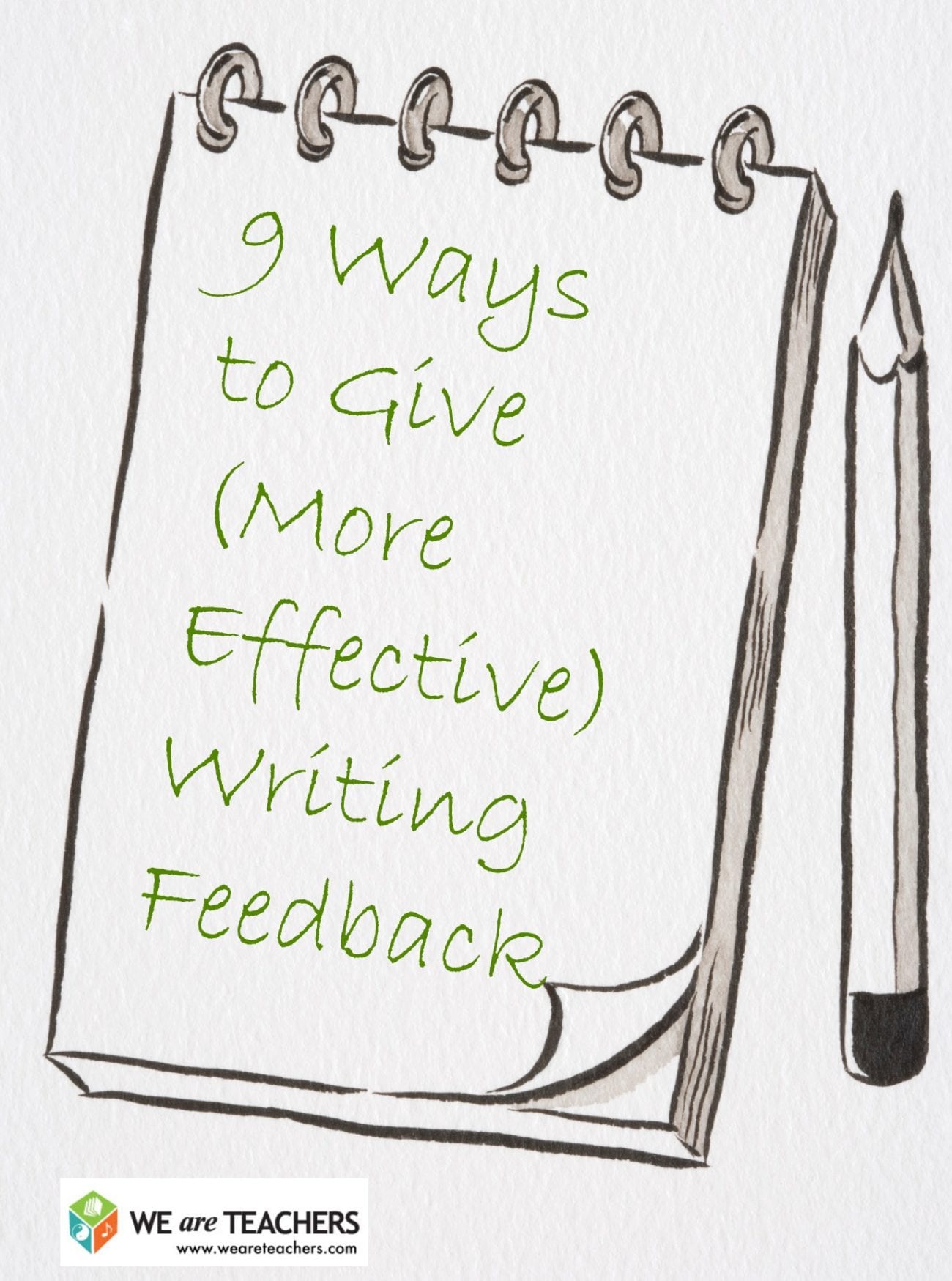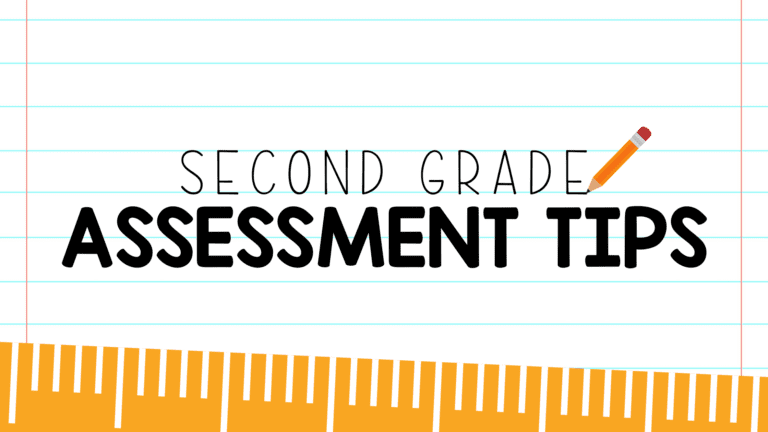 Grading essays is a tricky business. Commenting on every problem leads to a sea of ink that can overwhelm students. Vague remarks like “needs more here” leave students scratching their heads. Here are nine suggestions from experienced teachers on how to make grading papers faster, easier and more effective:
Grading essays is a tricky business. Commenting on every problem leads to a sea of ink that can overwhelm students. Vague remarks like “needs more here” leave students scratching their heads. Here are nine suggestions from experienced teachers on how to make grading papers faster, easier and more effective:
1. Workshop It
I do a workshop with my middle schoolers in which they share their work with the group and everyone offers “things that can be better.” We do a lot of preparation so that everyone understands we aren’t being mean, but rather trying to help make each essay stronger.—Lyn Huston
2. Talk It Through
Have your students email their paper to you. You can use a microphone and talk through the corrections as you video and use the highlighter or drawing tools to point out what you are referring to. It’s really easy once you get used to it. It saves a lot of time and it’s great documentation to refer back to. Once you are finished, save it and send it to your student. The process becomes a writing conference.—Penny Larson
3. Focus In
I like to focus on only a few areas of improvement at a time. I don’t tell them everything that could be improved in their writing. It can be overwhelming and even shut them down as new writers.—Annie Kabb
4. Practice Critiquing Together
I save copies of essays from previous years that have specific problems I want to illustrate. I share them, without names of course, and we consider as a group what the essay needs in order to improve the clarity, organization, or needed detail.—Penny Larson
5. Do Three Stars and a Wish
Here’s a technique that always works. For each essay, you write three positive things that you see in their writing. Those are the “three stars.” Then you give them one wish, one area in which you’d like to see them improve. The most important thing is to give them the positive feedback first and make it specific (clear thesis statement) not general (nice work).—Hanan Ezzeldin
6. Use a Specific Rubric
I always use a specific rubric so students are clear on expectations and can check off the important components before turning their writing in. For each item on the rubric, I assign a check, a minus or a plus along with a brief comment. I also allow students to turn in a writing assignment early for ungraded feedback. This encourages timely completion and a chance to improve.—Susan Werb
7. Do Peer Review First
Have each student trade papers with a peer before it comes to you. Commenters write three specific positive comments and sign their name. This gives students a chance to see what others are writing and thinking. It also may be that students provide higher quality work when there is the possibility of someone other than the teacher reading their work.—Sharon McKinney
8. Use Two Pens
Try using two different colored pens such as green and blue. Write all your positive comments in one color, suggestions for improvement in the other. You’ll be able to see at a glance if you are striking a good balance.—Kelsie Smith
9. Identify Mini Lessons
If students are still in the draft phase, provide a whole-class mini lesson on a specific writing problem you are seeing often. Then have the students go through their own essays and find those mistakes. Meet with individual students that continue to have these issues in their writing. Next time, you do another mini-lesson. Pick and choose what you want to focus on grading. —Matt Epp
If you liked this article, you may also want to check out Writing Across the Content Areas and Teaching Fact vs. Opinion at Every Grade Level.
